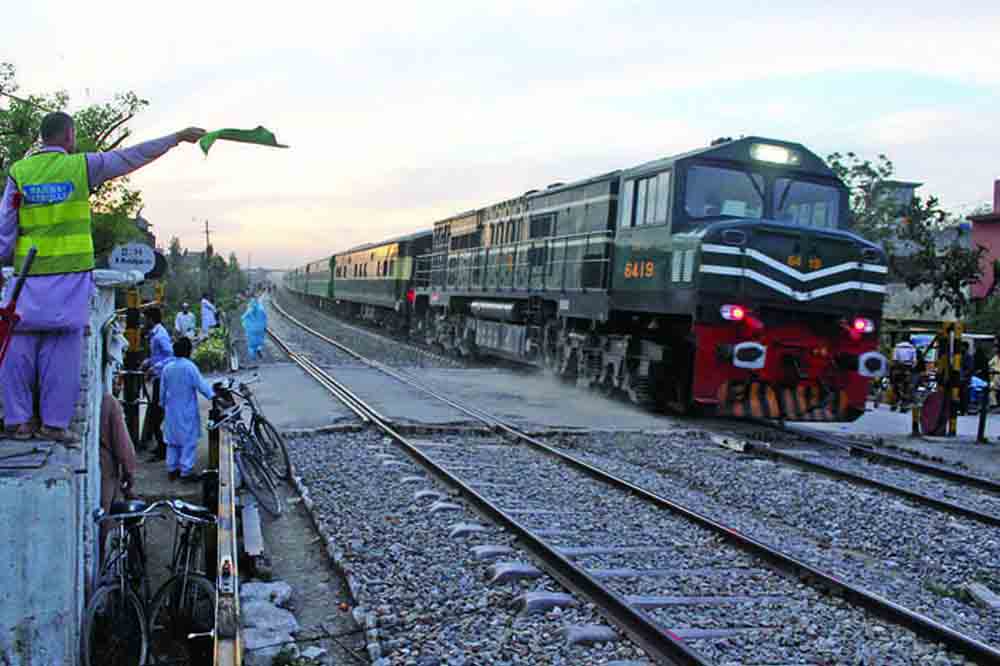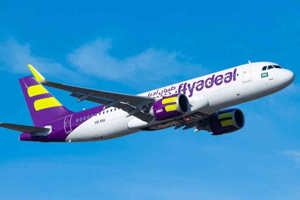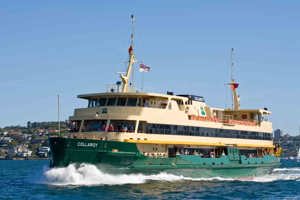Pakistan Railways Introduces Strict Guidelines for Safer Journeys
19 Aug, 2025
Pakistan Railways has rolled out a new set of strict guidelines aimed at enhancing passenger safety and ensuring smooth travel across its vast railway network. With millions of travelers depending on trains for affordable and long-distance travel, the latest measures reflect the organization’s renewed commitment to safety, reliability, and service improvement.
These directives come at a crucial time when rail travel is witnessing increasing demand. By tightening safety standards and enforcing clear operational protocols, Pakistan Railways seeks to regain public trust, minimize accidents, and provide passengers with greater confidence in the system.
Why the New Guidelines Were Introduced
Pakistan Railways introduced the new safety guidelines in response to growing concerns over operational lapses, passenger overcrowding, and recurring incidents that have raised questions about the reliability of the system. Over the years, accidents caused by technical faults, human error, and insufficient monitoring have highlighted the urgent need for stricter regulations. The latest directives aim to address these gaps by ensuring that trains are inspected regularly, staff are properly trained, and passenger safety is prioritized at every stage of travel. By implementing these measures, Pakistan Railways seeks not only to minimize risks but also to restore public confidence and set higher standards for safe and dependable rail journeys.
Key Features of the New Guidelines
The directives issued by Pakistan Railways cover a wide range of operational and passenger safety aspects. Some of the most notable measures include:
1. Enhanced Train Inspections
- Daily technical checks before departure.
- Regular inspection of brakes, engines, and coaches.
- Strict monitoring of track maintenance schedules.
2. Crew Training and Accountability
- Mandatory refresher courses for locomotive drivers.
- Training on emergency handling and passenger safety.
- Clear accountability rules for negligence or misconduct.
3. Passenger Safety Measures
- Strict enforcement of ticket verification to prevent overcrowding.
- Monitoring of passenger movement at stations.
- Prohibition of boarding or disembarking at unsafe points.
4. Emergency Preparedness
- Equipping trains with first aid kits and fire extinguishers.
- Clear evacuation procedures in case of emergencies.
- Deployment of trained staff at key stations for immediate response.
Passenger Benefits
The newly introduced guidelines by Pakistan Railways bring direct advantages for passengers, making journeys safer, more comfortable, and more reliable. With stricter safety checks, travelers can expect a significant reduction in accidents and unexpected delays, giving them greater peace of mind during their trips. The enforcement of ticket verification and crowd management will ease congestion, allowing families, business travelers, and daily commuters to travel in a more organized environment. Enhanced emergency preparedness, including the availability of first aid kits and trained staff, further assures passengers that their well-being is prioritized. Overall, these measures promise a more secure and pleasant travel experience for everyone on board.
Voices from the Railway Department
Officials within Pakistan Railways expressed optimism that the new guidelines would transform the travel experience. A senior railway official stated:
“Passenger safety is not just a priority; it is a responsibility. These guidelines are designed to ensure that every journey is safe, reliable, and efficient.”
Another department representative highlighted that strict monitoring mechanisms will be applied, ensuring that staff and operators follow the rules without exceptions.
Public Reactions
The announcement of strict safety guidelines by Pakistan Railways has generated mixed but largely positive reactions from the public. Many passengers welcomed the move, calling it a long-overdue step to modernize the system and safeguard lives. Families traveling long distances expressed relief that emergency preparedness and crowd control are finally being prioritized, while frequent commuters believe these measures will make daily journeys more manageable. However, some travelers voiced concerns about whether the rules would be consistently enforced across all routes and stations, stressing that real change will depend on strict supervision rather than announcements alone. Overall, the public sentiment leans toward optimism, with passengers hopeful that the reforms will bring lasting improvements to their travel experience.
Economic and Social Impact
The introduction of these safety guidelines is not only about protecting lives—it also carries economic and social significance:
- Tourism Boost: A safer railway system encourages more people, including tourists, to choose trains for intercity travel.
- Economic Growth: Reliable train services support trade and business by ensuring the timely delivery of goods and smoother movement of people.
- Social Trust: Safety improvements strengthen public confidence in government services and infrastructure.
Challenges Ahead
While the guidelines represent a step forward, effective implementation will be the real test. Some challenges include:
- Funding for Infrastructure: Ensuring tracks, stations, and trains are maintained regularly requires significant investment.
- Training Large Workforce: With thousands of employees, continuous training will be a major task.
- Enforcement at Remote Stations: Smaller stations often struggle with monitoring and resources, making rule enforcement harder.
- Public Awareness: Passengers must also follow safety instructions for these measures to succeed.
Comparison of Old vs. New Safety Practices
| Aspect | Previous Practice | New Guidelines Implemented |
|---|---|---|
| Train Inspections | Random checks, not consistent | Daily mandatory checks |
| Staff Training | Limited sessions | Regular refresher courses |
| Passenger Control | Overcrowding common | Strict ticket enforcement |
| Emergency Preparedness | Minimal equipment | Kits, extinguishers, drills |
| Accountability | Weak monitoring | Clear penalties for neglect |
Looking Ahead
Pakistan Railways’ decision to introduce strict safety guidelines marks an important milestone in the modernization of the country’s railway system. While challenges remain, the initiative shows that authorities are serious about reform.
For passengers, the hope is clear: safer journeys, fewer risks, and a system that truly prioritizes their well-being. For the railway department, the responsibility is equally clear: ensuring these rules are implemented consistently and effectively across the network.
If executed with commitment, these measures could pave the way for a new era of safe, reliable, and modern rail travel in Pakistan.
Related News
-

29 Aug, 2025 Saudi-Pakistan Partnership in Tourism Showcased Through Karachi Roadshow
Saudi Arabia and Pakistan highlighted their growing tourism partnership at a Karachi roadshow, focusing on Vision 2030 opportunities and future cooperation.
read more -

26 Aug, 2025 Flyadeal Announces Discounted Flights to Pakistan
Flyadeal has introduced discounted flights to Pakistan, making air travel more affordable and accessible for passengers seeking budget-friendly options.
read more -

22 Aug, 2025 More Than 15 Million Perform Umrah in Saudi Arabia During Early 2025
In early 2025, more than 15 million pilgrims performed Umrah in Saudi Arabia, reflecting a remarkable rise in spiritual journeys and enhanced pilgrimage services.
read more -

06 Aug, 2025 Pakistan Clears Way for First Domestic Ferry Service
Pakistan has approved its first domestic ferry service, opening new avenues for coastal transport, tourism, and regional connectivity.
read more -

24 Jul, 2025 Saudi Arabia Requires Valid Hotel Booking to Process Umrah Visas
Saudi Arabia has implemented a new requirement for Umrah pilgrims: a confirmed hotel booking must be provided to obtain an Umrah visa. This move is aimed at improving travel planning, ensuring proper accommodation arrangements, and enhancing the overall pilgrimage experience for visitors.
read more
